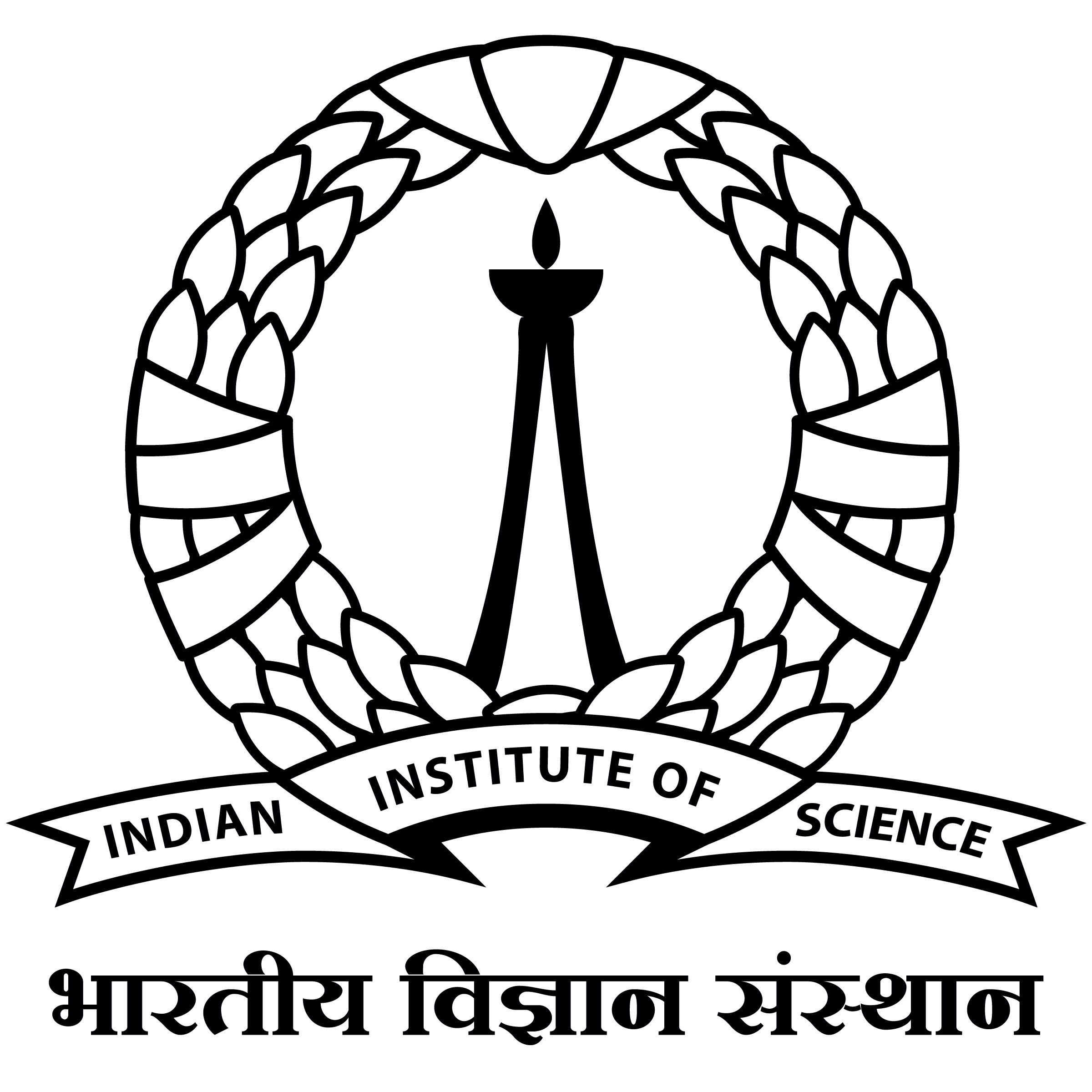TIDE: Time Derivative Diffusion for Deep Learning on Graphs
A prominent paradigm for graph neural networks is based on the message-passing framework. In this framework, information communication is realized only between neighboring nodes. The challenge of approaches that use this paradigm is to ensure efficient and accurate long-distance communication between nodes, as deep convolutional networks are prone to oversmoothing. In this paper, we present a novel method based on time derivative graph diffusion (TIDE) to overcome these structural limitations of the message-passing framework. Our approach allows for optimizing the spatial extent of diffusion across various tasks and network channels, thus enabling medium and long-distance communication efficiently. Furthermore, we show that our architecture design also enables local message-passing and thus inherits from the capabilities of local message-passing approaches. We show that on both widely used graph benchmarks and synthetic mesh and graph datasets, the proposed framework outperforms state-of-the-art methods by a significant margin


